Hawaiian Airlines flight attendants have just taken a significant step forward in their post-acquisition future with Alaska Airlines. On the surface, this could appear to be just a labor story. However, it also signals broader implications for those flying to and from Hawaii, which we’ll discuss in today’s article.
In a tentative contract extension announced today, Hawaiian flight attendants will receive pay raises, profit-sharing, and scheduling improvements. This will set the stage for a larger combined labor agreement between the two airlines, which is up next.
This development marks one of the first concrete signs of what’s ahead as the deal between Hawaiian and Alaska Airlines moves forward. While regulatory review continues, integration planning is already unfolding behind the scenes, and this deal sends the clear message that labor groups are wasting no time to secure their place in the new pecking order.
The extension agreement is scheduled to be voted on by Hawaiian flight attendants, represented by the Association of Flight Attendants-CWA. Voting will close on April 17, 2025. It will lock in key financial and work rule improvements through February 2028 if ratified.
Why this matters for Hawaii travelers.
Well-compensated, stable flight attendants are critical to delivering consistent quality service, especially in Hawaii’s longer-haul market where inflight experience still matters in terms of competition. This extension can help ensure smoother staffing and fewer disruptions as integration begins towards a single operating certificate combining both airlines later this year.
These internal agreements show how the two airlines are moving forward with groundwork that affects both companies’ operations. A merged workforce with cohesive expectations and benefits will eventually lead to a more streamlined passenger experience.
What’s at stake.
Under the terms of the extension, Hawaiian flight attendants would receive a series of three pay raises, access to Alaska’s profit-sharing program, and improvements in scheduling. Retirement benefits are also due to improve, signaling a broader alignment with what Alaska flight attendants already have achieved.
Joni Kashiwai, AFA Hawaiian Negotiations Chair, described the extension as a practical move and a strategic foundation for what’s next. She said, “Hawaiian flight attendants deserve certainty and guaranteed improvements as we work towards our joint contract. This extension provides these certain economic improvements while joint contract negotiations begin this month.”
That joint agreement—the Joint Collective Bargaining Agreement (JCBA)—will be the actual test. That’s where pay, work rules, and seniority integration will come together between the two airlines’ flight attendant groups. This extension gives Hawaiian’s crew members some early wins before they begin negotiating that larger combined deal.
What this means for the Alaska side.
While this extension applies only to Hawaiian flight attendants, it’s being shaped with Alaska’s existing contract in mind. And for Alaska flight attendants, it signals that Hawaiian’s side is being brought closer into alignment ahead of any full integration.
The Association of Flight Attendants represents both groups, which will likely simplify the upcoming JCBA negotiations. Integrating seniority lists, a huge issue, resolving work rule differences, and reconciling pay structures will still be a delicate task. These talks often define the pace and harmony of an airline merger’s future.
This is also a crucial time for Alaska management, which must demonstrate goodwill to all employee groups while planning cost efficiencies behind the scenes. A smooth labor path may be critical for the airlines’ long-term success, especially following attention on workforce issues at other major airlines.
Post-merger prep already in motion.
Although the Hawaiian-Alaska merger hasn’t yet achieved its final goal of a single unified operation, this contract extension is a sign that they are already operating with a foot in the future. Airline mergers are always complex, and integration doesn’t happen overnight—even after deals are cleared. This next step, however, shows that the airlines are beginning to knit their cultures and systems together.
From employee agreements to route and aircraft reshuffling and joint benefits programs, the work to unify operations begins long before airport signage changes. The flight attendant agreement fits neatly into this larger pattern. And while it’s not the final word, it shows good momentum at a challenging time.
Reactions from within the Hawaii community.
Some resident travelers have already started weighing in. On our recent Facebook post about the pending merger, longtime flyer Tara W. wrote, “I’ve flown Hawaiian for years because the flight attendants were always so professional and kind. I just hope that doesn’t get lost in this new combined airline.”
Another reader, Kai M., commented, “Anything that protects worker rights and raises pay is a win. I say good for them.”
There’s a divide among travelers. Some worry that Hawaiian flight crews’ unique warmth and culture could be diluted as they merge into a broader and well-established national brand. Others support steps like this contract extension to ensure Hawaii-based workers aren’t left behind.
These comments mirror those in other BOH articles covering the integration of the carriers: concern, curiosity, and cautious optimism.
What happens next?
The next step is the vote. If Hawaiian flight attendants approve the extension by the April 17 deadline, it will take effect immediately. From there, attention shifts to negotiations for the JCBA, which will govern the full merged group.
This upcoming negotiation will be the one to watch. That’s where the all-important seniority list integration and work rule harmonization happen. For travelers, this may significantly impact everything related to customer service expectations.
Since the same union represents both airlines’ flight attendants, that could help, but as airline history has shown, merging contracts across carriers—especially when work cultures differ—can be challenging.
Bigger implications.
For the airline industry, this move helps set the tone for how Alaska manages the larger integration efforts. It suggests a willingness to extend benefits and early investments in the important labor goodwill.
For Hawaii flights, this next step may help bring consistency in service standards and scheduling. Over time, passengers may, for better or worse, notice fewer differences between Alaska and Hawaiian crew experiences onboard.
Depending on your point of view, some travelers may prefer to maintain the more relaxed, island-style inflight vibe that the airline is known for.
Get Breaking Hawaii Travel News
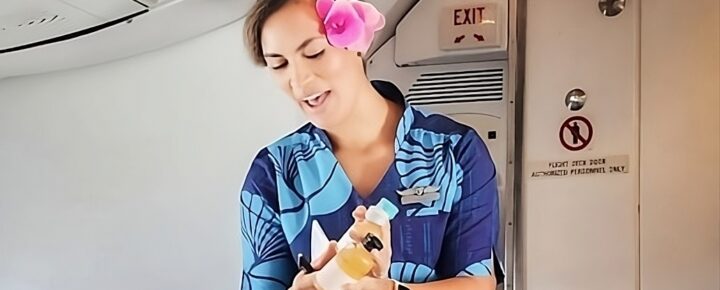
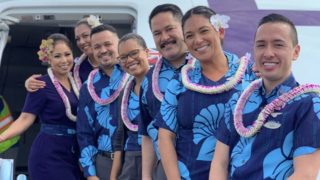
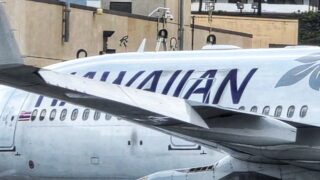
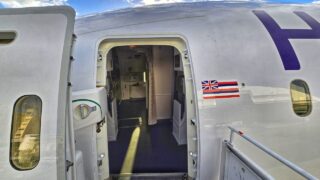
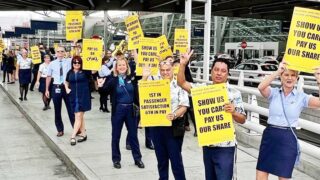
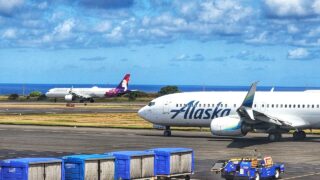
I have flown both airlines but in last few years Hawaiian more as we travel multiple times a year from mainland to O’ahu because of the cultural piece. I love getting in the island mood with the flight staffs flowers or leis with island inspired uniforms; the music; free punch; and the reminders to “travel pono” and respect the people and land.
I do worry that the cultural piece and the kama’aina flight crew will change and lose their uniqueness. Which is what I love, otherwise I’d go back to flying another airline.
Not to worry! Hawaiian comedian Temua Tuinea has got this covered! See:
facebook.com/watch/?v=875797830746914&rdid=hgCMB8neiRAQ5d4e